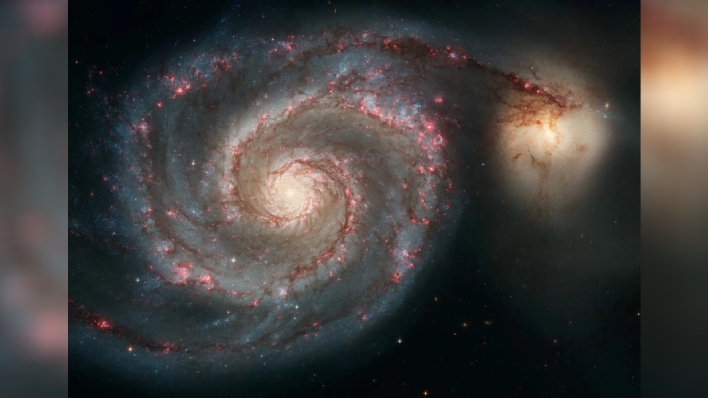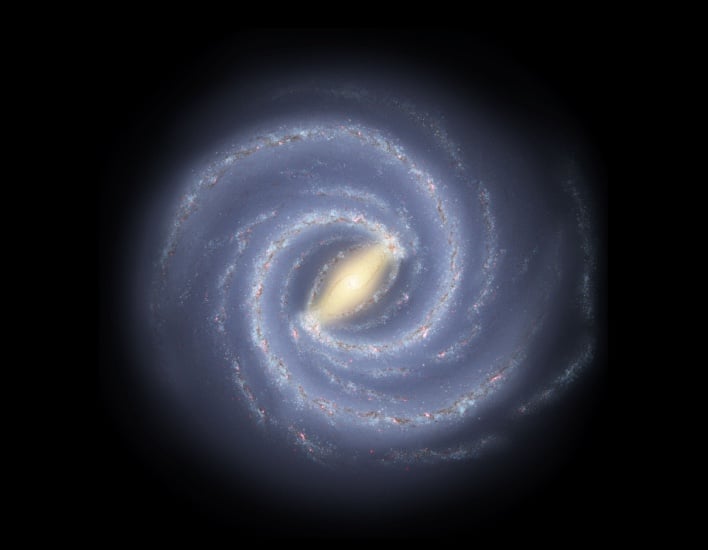Webb Telescope Discovers An Amazing Surprise Milky Way Galaxy Twin

It was believed that it should take around 7 billion years for a galaxy such as the Milky Way to be well-ordered. So, imagine the surprise when an international team of astronomers led by Alexander de la Vega of the University of California discovered a barred spiral galaxy similar to the Milky Way just 2 billion years after the Big Bang.
"This galaxy, named ceers-2112, formed soon after the Big Bang," remarked de la Vega. "Finding ceers-2112 shows that galaxies in the early universe could be as ordered as the Milky Way. This is surprising because galaxies were much more chaotic in the early universe and very few had similar structures to the Milky Way."

De la Vega added, "First, theoretical models of galaxy formation and evolution will need to account for some galaxies becoming stable enough to host bars very early in the universe's history. These models may need to adjust how much dark matter makes up galaxies in the early universe, as dark matter is believed to affect the rate at which bars form."
A second reason de la Vega mentioned involves ceers-2112 demonstrating structures like bars that can be detected when the universe was very young. He notes that this is important because galaxies in the distant past were much smaller than they are now, which makes finding them more difficult. However, the detection of ceers-112 should make discovering much easier.
The research paper on the discovery of ceers-2112 is published in the journal Nature. De la Vega attributed the success of the discovery to the power of the James Webb Space Telescope, and the expertise of the team.

